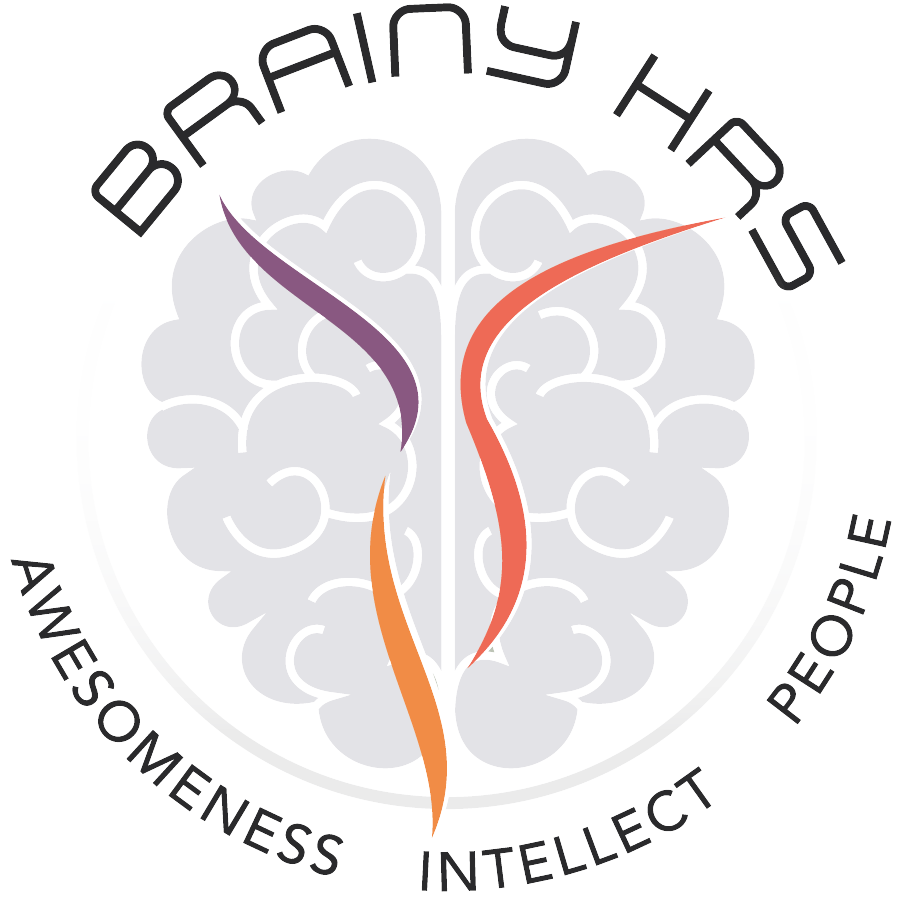Technology is an innovative industry driving progress, yet gender inequality is one of the top underserved sectors internationally today. Technical and leadership positions within the global tech workforce consist of only 25% women, while their numbers decrease substantially at the senior level.
The technology workforce shows a profound gender imbalance that exposes many serious issues women must overcome in pursuing equality within the sector.
AI in talent acquisition is a beacon of hope because it aims to provide unbiased hiring by implementing Artificial Intelligence technology.
The Landscape of the Challenge: A Look at the Hurdles
Let’s be real: the challenges women face in tech are multifaceted and deeply rooted. It’s not just one big challenge but a series of smaller, interconnected ones that can make the journey tough.
1. The Unconscious Bias Monster
We all have biases, whether we realize it or not. Each person maintains some form of bias which remains unaware to them. The unconscious preferences of recruiters and hiring managers sometimes affect their decision-making toward male candidates.
Research reveals that resumes carrying male names usually get more interview requests than those using female names. This seemingly invisible yet persistent gender bias poses an enormous obstacle from the commencement.
2. The “Bro Culture” and Lack of Role Models
A portion of the tech industry developed an unwanted “bro culture,” which produces an exclusionary and hostile environment toward women. Multiple exclusion tactics appear in the tech sector’s social interactions and executive leadership demographics. A lack of minority representation at the peak makes it difficult to picture your journey ahead.
3. The Motherhood Penalty and Work-Life Balance
This is a big one. Women face most childcare duties, and tech industries enforce challenging working hours with inflexible schedules, creating significant obstacles to achieving work-life balance. Working women face a situation where they must make difficult choices between continuing work in the industry and spending time with their families.
4. The Confidence Gap and Imposter Syndrome
Women often learn behaviors from their environment, which causes them to second-guess themselves and develop symptoms of imposter syndrome even though they meet performance expectations. The performance of imposter syndrome causes women to avoid pursuing qualifying roles or participating in meetings.
5. The Leaky Pipeline
The main problem extends past entry-level recruitment of women because retaining and advancing more women is the real challenge. Talented women who work in tech fields often depart from their industry halfway through their careers due to cited barriers that deplete the professional pipeline for female leaders.
AI to the Rescue? How Smart Tech is Driving Change
Now, let’s talk about the exciting part – how AI is stepping in to help dismantle these barriers. It’s not a magic bullet, but when used thoughtfully, AI-powered tools in talent acquisition can be powerful agents of change.
1. Bias Mitigation in Screening
Imagine AI algorithms that can examine resumes and applications, emphasizing abilities and experience and concealing gender-identifying information such as names and pronouns. The procedure diminishes the unconscious bias impact on the first screening process, thus enabling more qualified women to reach detection.
2. Increasing the Talent Pool
AI helps talent recruiters extend their search to multiple platforms specifically geared toward diverse communities they cannot reach using conventional recruitment channels.
This approach allows organizations to discover candidates from a more varied spectrum, including women who do not currently seek traditional tech center opportunities.
3. Data-Driven Diversity Insights
AI analytical systems produce valuable statistical insights that show workforce diversity and hiring practice data for organizations. The collected information highlights problematic areas in the organization and allows the monitoring of diversity and inclusion projects for success assessment.
Such an analysis functions as an extensive feedback report to show both areas of accomplishment while suggesting focus areas for additional work.
4. Individualized Candidate Experience
Every applicant receives individualized and interesting experiences with AI-powered chatbots and communication tools. This employment procedure advantage provides essential support to women concerned about traditional recruitment protocols.
Productivity levels and trust-building between applicants and organizations improve through consistent communication methods.
5. Identifying Skills Gaps and Promoting Internal Mobility
The evaluation process conducted by AI systems reveals company-wide skills that can identify any potential candidate for vacant roles without gender consideration.
The solution to the leaky pipeline issue enables organizations to offer women more opportunities to advance throughout their company structure.
The Human Touch Remains Crucial
AI serves as a tool in operational settings; thus, the effectiveness of AI delivery depends on the skill of its operators. A simple AI system installation will not solve existing diversity problems. Human involvement holds essential and absolute importance.
- Ethical Considerations: If artificial intelligence systems are educated on biased data, we must be aware of the possibility of unintentional bias being baked into them. These techniques must be constantly audited and improved to guarantee they are fostering equity.
- Human Oversight: AI should support human judgment rather than take its place. Evaluating cultural fit, communication skills, and other qualitative factors that artificial intelligence may not completely capture still depends much on recruiters and hiring managers.
- Holistic Approach: AI is only one component of the talent acquisition challenge. Building a genuinely inclusive IT sector calls for more general initiatives, including promoting inclusive workplace environments, offering women mentorship and sponsorship chances, and confronting cultural prejudices influencing girls’ interest in STEM subjects from an early age.
Looking Ahead: A Brighter, More Inclusive Future
Implementing artificial intelligence in recruitment presents organizations with a substantial ability to solve persistent issues affecting women in technological fields. The application of artificial intelligence helps develop neutral hiring systems that screen larger candidate databases to reveal insights that establish gender-equal opportunities, thus unlocking full female potential.
AI systems present real-life solutions and productive ways to achieve true gender equality in the technology sector, and the pursuit continues. Technology presents an opportunity to construct a diverse tech industry that will become more innovative and successful for every member of society. And that’s a future worth striving for, don’t you think?
